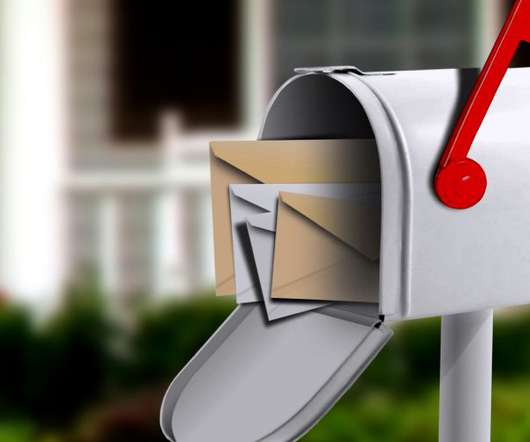Lame spam of the day: Raw spam merge text
Robert Weiner
JULY 20, 2013
Some newbie spammer posted a message on my site that shows the contents of their spam merge database. I recognize so many snippets that have appeared in my spam folder over the years. { {I have|I’ve} been {surfing|browsing} online more than {three|3|2|4} hours today, yet I never found any interesting article like yours.








































Let's personalize your content